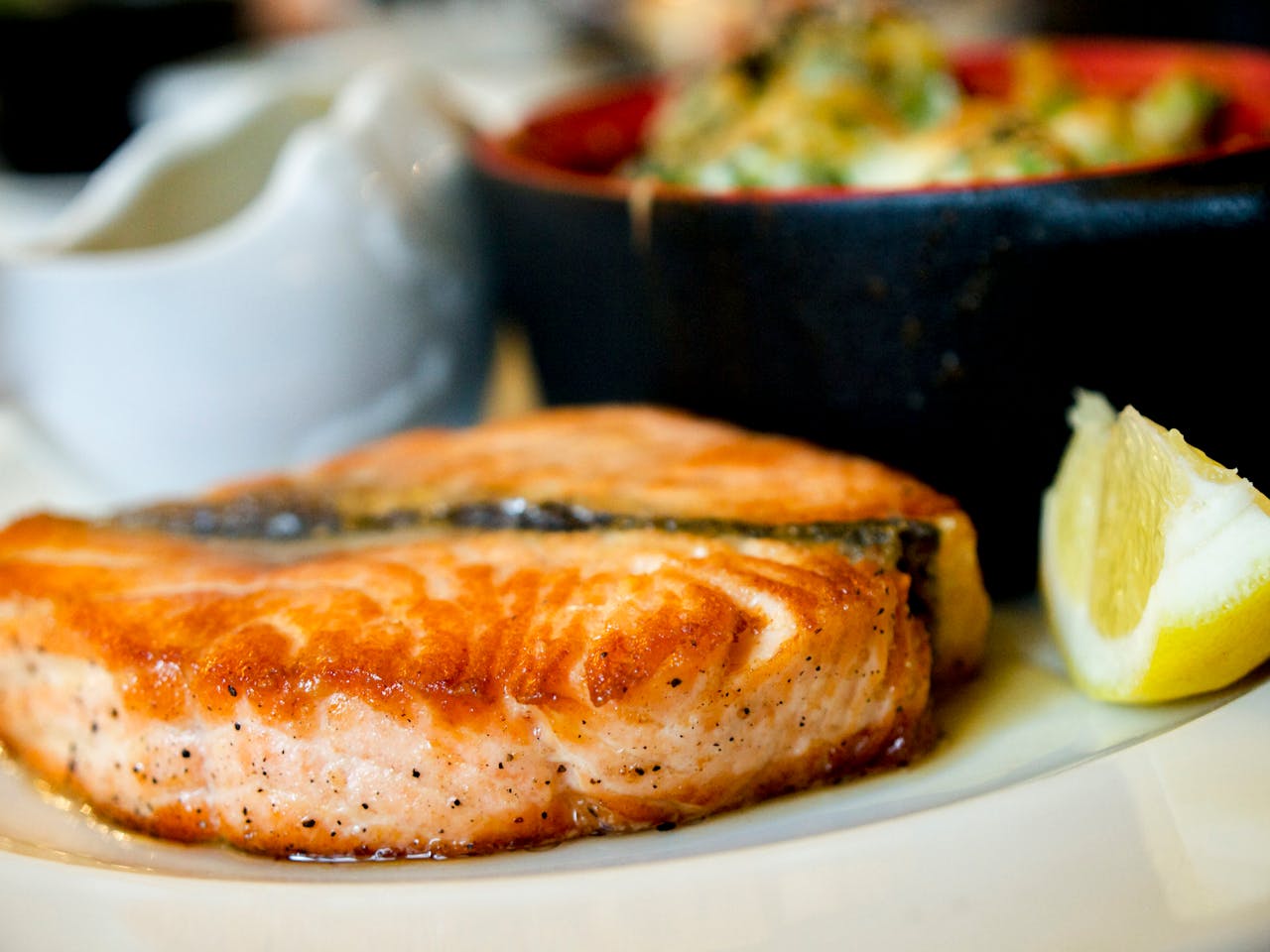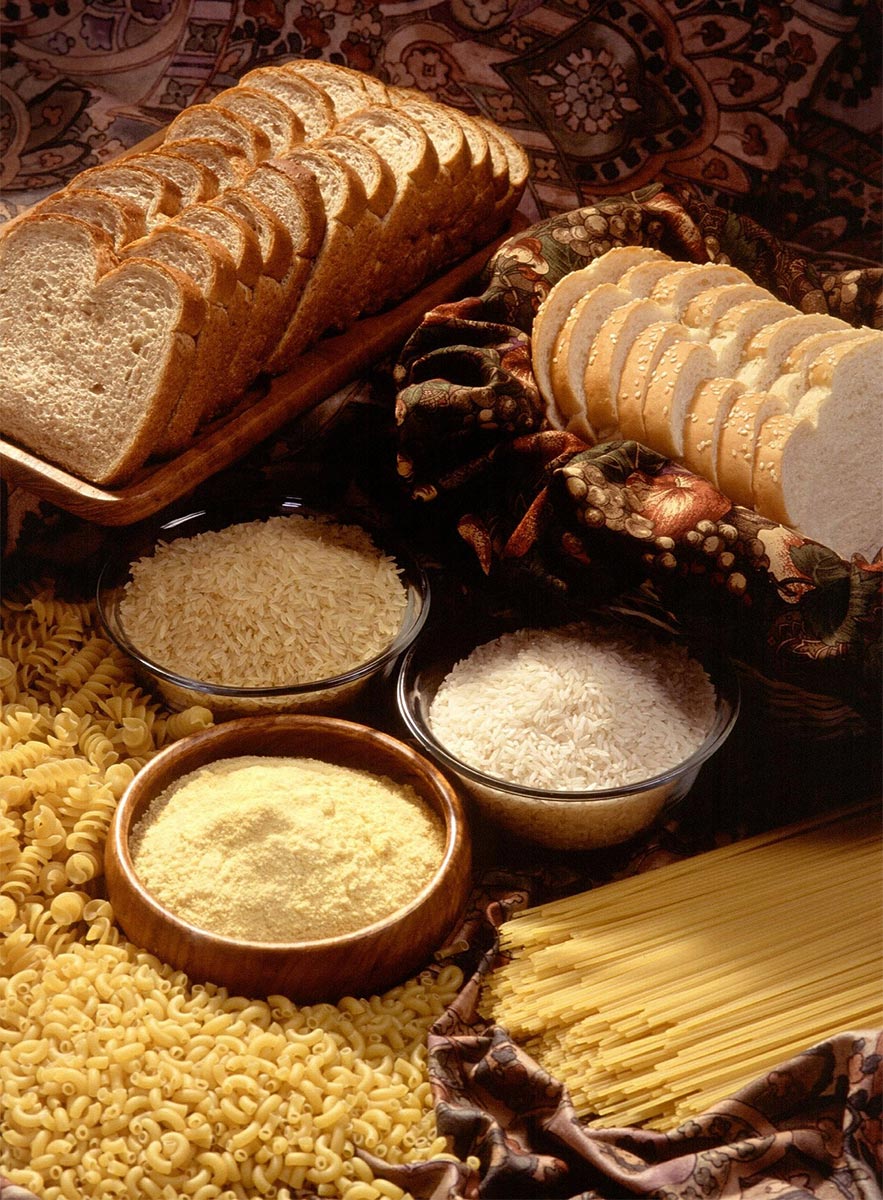Energy density refers to the number of calories (energy) in a specific amount of food. High energy density means that there are a lot of calories in a small amount of food, while low energy density means there are few calories in a large amount of food. This concept is crucial for weight management, as consuming low-energy-dense foods allows individuals to eat satisfying portions without excessive calorie intake. For example, foods high in water and fiber, such as fruits and vegetables, typically have low energy density, whereas foods high in fat and sugar, like candies and fried items, have high energy density.
The Role of Energy Density
Managing weight effectively involves understanding and applying the principles of energy density. By choosing foods with low energy density, individuals can consume larger volumes of food while keeping calorie intake in check. This approach not only aids in controlling hunger but also enhances satiety, making it easier to adhere to a calorie-controlled diet. Research indicates that diets low in energy density are associated with lower calorie intake and better weight management outcomes. Incorporating more low-energy-dense foods into meals can be a practical strategy for those aiming to lose or maintain weight.
Choosing Low-Energy-Dense Foods
Incorporating low-energy-dense foods into your diet can be both enjoyable and beneficial. Start meals with a salad or broth-based soup to help fill up on fewer calories. Emphasize fruits, vegetables, whole grains, and lean proteins, which are naturally lower in energy density. For instance, snacking on air-popped popcorn provides volume and satiety with minimal calories compared to calorie-dense snacks like chips or candy. By making these substitutions, you can enjoy satisfying portions while managing your calorie intake effectively.
Balancing Energy Density: Weight Gain
While reducing energy density is beneficial for weight loss, individuals looking to gain weight can apply the concept differently. Incorporating higher-energy-dense foods can help increase calorie intake without requiring large volumes of food. Nuts, seeds, avocados, and whole grains are nutrient-rich options that provide more calories per serving. Combining these with regular meals can help achieve a caloric surplus necessary for weight gain, especially when paired with strength training to promote muscle growth.
Understanding and applying the concept of energy density is a valuable tool in nutrition, whether your goal is weight loss, maintenance, or gain. By selecting foods based on their energy density, you can manage your calorie intake more effectively while still enjoying satisfying and nutritious meals. Remember, it's not just about the quantity of food, but the quality and energy content that play crucial roles in achieving your health goals.












